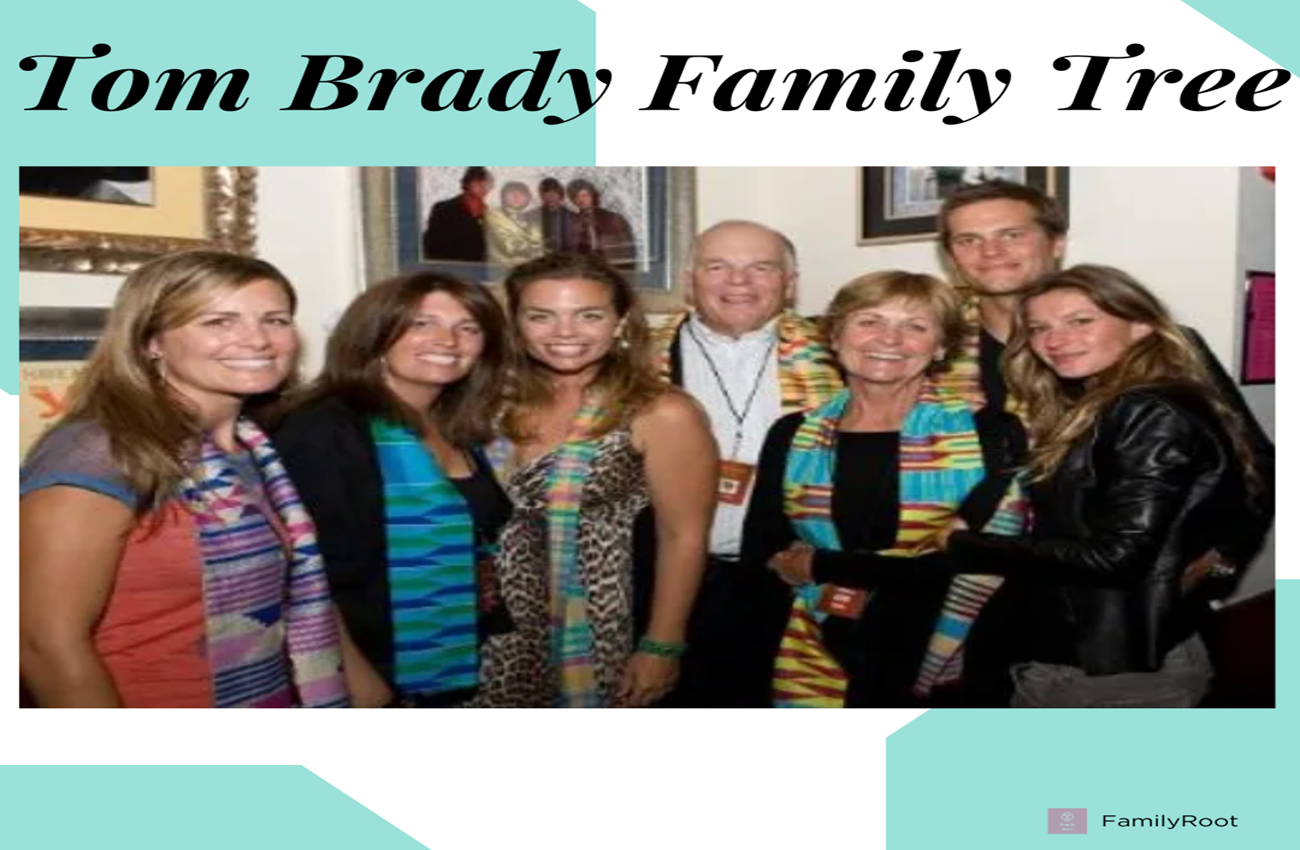The Astor family is one of the most famous and wealthy families in American history. Their fortune was built on real estate, fur trading, and finance, making them one of the richest families of the 19th and early 20th centuries. Over generations, the Astors became prominent in business, politics, and high society, shaping the development of New York City and beyond.
1. The Origins of the Astor Family
The Astor family traces its roots to Germany, where Johann Jakob Astor (1763–1848) was born in Walldorf, near Heidelberg. In 1783, he immigrated to the United States, anglicized his name to John Jacob Astor, and built a fur trading empire.
John Jacob Astor: The First American Millionaire
- Started as a fur trader, partnering with Native American tribes and expanding to Canada.
- Founded the American Fur Company, dominating the fur trade in the early 1800s.
- Invested heavily in New York real estate, purchasing large tracts of land in Manhattan.
- By the time of his death in 1848, he was America’s first multi-millionaire, with an estate worth $20 million (equivalent to billions today).
2. The Second Generation: Expanding the Astor Fortune
William Backhouse Astor Sr. (1792–1875)
John Jacob Astor’s son William B. Astor Sr. inherited the family business and further expanded its real estate holdings. Under his leadership, the Astor family became the largest landowners in New York City.
- Built commercial and residential buildings in Manhattan.
- Developed the Astor House, New York’s first luxury hotel.
- Focused on philanthropy, donating to libraries and hospitals.
William Backhouse Astor Jr. (1829–1892)
- Increased the family's real estate investments.
- Expanded the Astor family's involvement in high society.
3. The Gilded Age: Astors and High Society
During the late 19th century, the Astor family became synonymous with wealth, power, and aristocracy. The most famous figures of this era were:
Caroline Schermerhorn Astor (1830–1908) – "The Mrs. Astor"
- She was the undisputed queen of New York high society.
- Established the "Four Hundred," an exclusive list of the most elite families.
- Hosted lavish parties and controlled social life among the upper class.
John Jacob Astor IV (1864–1912)
- A businessman and real estate mogul, he built the Waldorf-Astoria Hotel.
- Tragically died aboard the Titanic in 1912, becoming one of its most famous victims.
4. The 20th Century: Decline and Transition
As the 20th century progressed, the Astor family's dominance in real estate and society began to decline. Some notable members included:
Vincent Astor (1891–1959)
- He inherited his father’s fortune but focused on philanthropy.
- Donated large sums to charities and public projects.
Brooke Astor (1902–2007)
- A philanthropist and socialite known for her charitable work in New York City.
- Managed the Vincent Astor Foundation, supporting libraries, education, and cultural institutions.
5. The Astor Family Today
Today, the Astor name is still associated with luxury, history, and high society, but the family's wealth has largely been dispersed. Some members remain involved in philanthropy and business, but they no longer hold the dominance they once did.
Astor Legacy in Modern Times:
- Many landmarks, including Astor Place, the Waldorf-Astoria, and the Astor Courts, still carry the family’s name.
- The Astor family’s descendants live across the world, though they no longer control vast real estate empires.
6. Discover Your Own Family History with Family Root App
Start exploring your family's roots and uncover your heritage with the Family Root App.
Download Now
📜 Disclaimer
The family tree and biographical information provided in this article are based on publicly available sources and records. While we strive for accuracy, we do not guarantee the completeness or authenticity of the data. This content is intended for educational and informational purposes only and does not aim to infringe on any individual's privacy or personal rights. If you believe any information is incorrect or wish to request edits or removal, please contact us at Info@familyrootapp.com.




